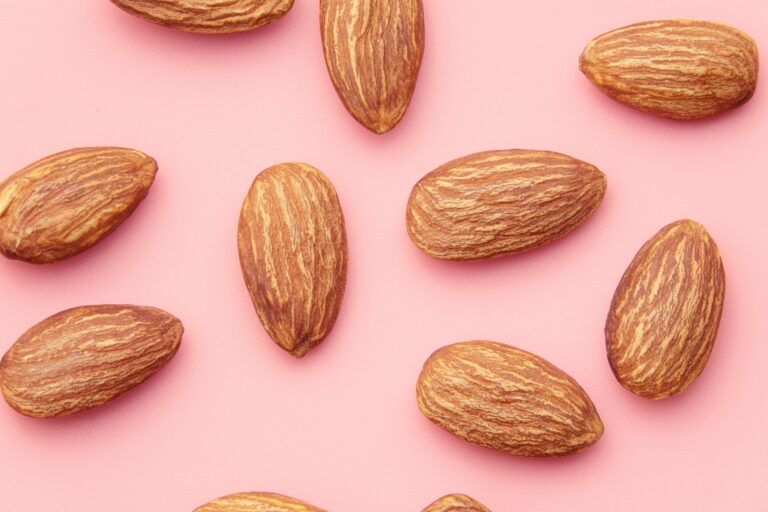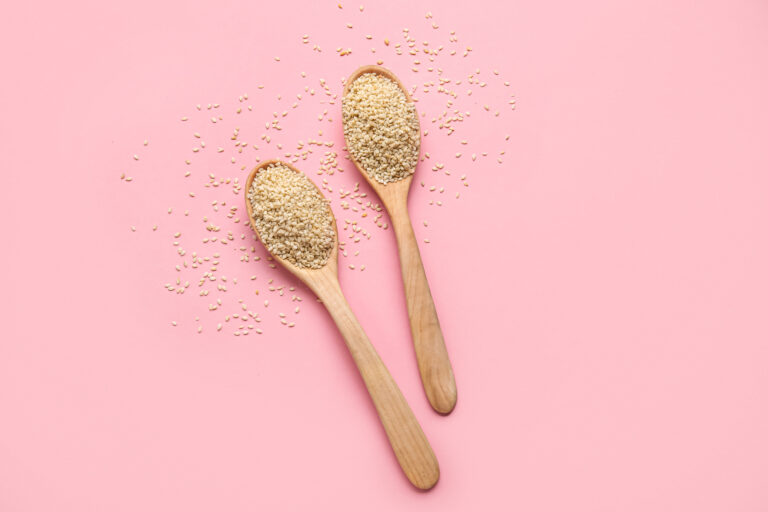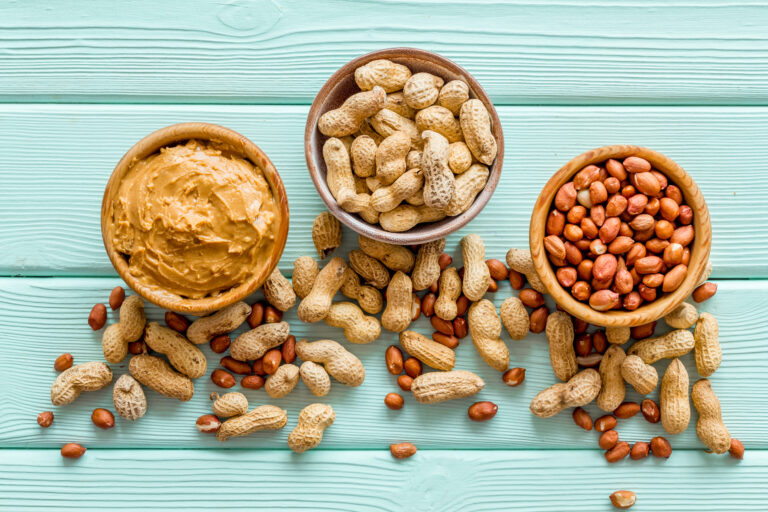Are wheat and gluten the same thing?
This post may contain affiliate links. Read our disclosure policy.
The content provided on FoodAllergiesLiving.com is for educational purposes only. The information supplied on this website is not intended to diagnose, treat, cure, or prevent any disease, nor is it intended to replace the advice of a physician.
Are wheat and gluten the same thing? I know it isn’t very clear! Keep reading to learn more about wheat and gluten, their similarities, differences, and the answer to many other questions you might have

If a product is labeled “wheat-free” does that mean it’s safe to eat on a gluten-free diet? If I’m diagnosed with Celiac Disease, does that mean I have a wheat allergy?
If these sound like questions you’ve been asking yourself, then you’ve come to the right place! In this post, I’m breaking down the differences between wheat and gluten. And as a bonus, I’ve even included the answers to the most frequently asked question we received about this topic.
What Is Wheat?
Wheat is a widely cultivated cereal grain; its grains are ground to make flour.
What is Gluten?
Gluten is a protein naturally found in some grains, including wheat, barley, and rye. Gluten is also found in flour made from spelt, and triticale (a cross between wheat and rye). Sometimes it’s in oats, but only because they may have been processed with other gluten-containing foods. Oats themselves don’t contain gluten. Gluten can be extracted, concentrated, and added to food and other products.
Wheat vs. Gluten
In short, wheat is a grain, and gluten is one protein found in some grains, such as wheat, barley, rye, spelt, and triticale.
Wheat Allergy
When someone has a wheat allergy, their body’s immune system overreacts when exposed to that specific allergen. The proteins found in wheat cause the immune system to produce IgE antibodies to combat them. Symptoms can occur anywhere from minutes to hours and should be taken care of immediately.
Mild reactions to a wheat allergy include rashes, itching, nasal congestion, or headaches. Reactions can also be more severe, including difficulty breathing, nausea, and even anaphylaxis, which can be life-threatening.
Read more about What Is Anaphylaxis and How Is Treated.
Celiac Disease
Celiac Disease should not be confused with a wheat allergy. A wheat allergy is a general food allergy where wheat needs to be avoided, whereas Celiac Disease is a serious autoimmune disease, and the sufferer has to avoid gluten from ALL grains.
When someone has Celiac Disease, their immune system attacks its own small intestine. The lining of the small intestine is the target, and eventually, it can get so damaged that nutrients can’t get properly absorbed by the body.
It’s estimated that approximately 1 in 10 people have Celiac Disease, although only about 30% are properly diagnosed.
Gluten Intolerance
Gluten intolerance, also called non-Celiac gluten sensitivity, is estimated to affect about 6% of the U.S. population.
People with this intolerance may experience gas, bloating, abdominal cramping, and diarrhea after eating gluten. Gluten intolerance and Celiac Disease are NOT the same. Someone with gluten intolerance may feel sick or uncomfortable after eating gluten, while someone with Celiac Disease has an autoimmune response, and their body treats it like fighting a virus.
Many of the signs and symptoms of a wheat allergy, Celiac Disease, and gluten intolerance are similar, so getting a medical diagnosis is important if you’re experiencing symptoms.
Check out Allergies, Intolerances, Sensitivities, And FPIES OH MY! for more info!
Can I eat gluten if I have a wheat allergy?
When a person has a wheat allergy, their body reacts to a protein in wheat, and this protein is not necessarily gluten. A wheat allergy does not necessarily mean you must avoid gluten – ask your doctor what wheat protein you are allergic to.
What’s The Difference Between ‘Gluten Free’ and ‘Wheat Free’?
So now that I’ve explained the differences between a wheat allergy, Celiac Disease, and gluten intolerance, you may be wondering what exactly the difference is between labeling something “Gluten Free” instead of labeling it “Wheat Free.” Are they the same thing?
Well, no, “gluten-free” and “wheat free” are NOT synonymous! Let me give you an example:
Let’s say that I made chocolate chip cookies with spelt flour. Spelt flour is not wheat; therefore, the cookies would be wheat-free and safe for someone with a wheat allergy to eat. However, spelt contains a gluten protein, and thus the flour is not gluten-free. If someone with Celiac Disease or gluten intolerance ate my spelt flour chocolate chip cookies, they would not feel good because even though they are wheat-free, they’re not gluten-free.
It can be confusing and may take some time to wrap your head around the concept, but just know that not all “wheat-free” products are gluten-free as well.
Can I eat gluten-free products with a wheat allergy?
Some gluten-free foods/products may still contain wheat starch and are not suitable; if you have a wheat allergy, always check the label.
What Grains Contain Gluten?
There are some grains out there that can safely be consumed on a gluten-free diet and some that can’t. Here are the grains that contain a gluten protein:
- Wheat
- Barley
- Spelt
- Rye
- Triticale
What Grains Don’t Contain Gluten?
These are the grains that don’t contain gluten and can safely be eaten on a gluten-free diet. Although they’re more prone to cross-contamination, so check the packaging for a gluten-free label.
- Amaranth
- Buckwheat
- Corn
- Millet
- Oats
- Quinoa
- Rice
- Sorghum
- Teff
Can I eat oats if I’m allergic to wheat?
It depends on what wheat protein you are allergic to. If you are allergic to gluten, you must consume gluten-free oats. Oats themselves don’t contain gluten, but they are often processed with other gluten-containing foods. Also, some people with wheat allergies may be allergic to other cereals, such as barley, rye, or oats. Ask your allergy specialist what specific allergen you must avoid.
Can you eat rice with a wheat allergy?
All natural forms of rice — white, brown, or wild — are gluten-free. However, some rice mixes and rice from certain manufacturers that produce gluten products may contain gluten. So, you must always read labels to make sure it’s safe.
So the short answer is that wheat and gluten are NOT the same things! Products can be labeled “wheat-free” but still be made with another grain that is made up of gluten protein and, therefore, would not be suitable for someone on a gluten-free diet. And products can be labeled “gluten-free” and be unsuitable for someone with a wheat allergy.
If you have any questions or need a diagnosis because you’re experiencing symptoms, please see your doctor or allergist for a proper diagnosis and to get the right indications for your particular case.







